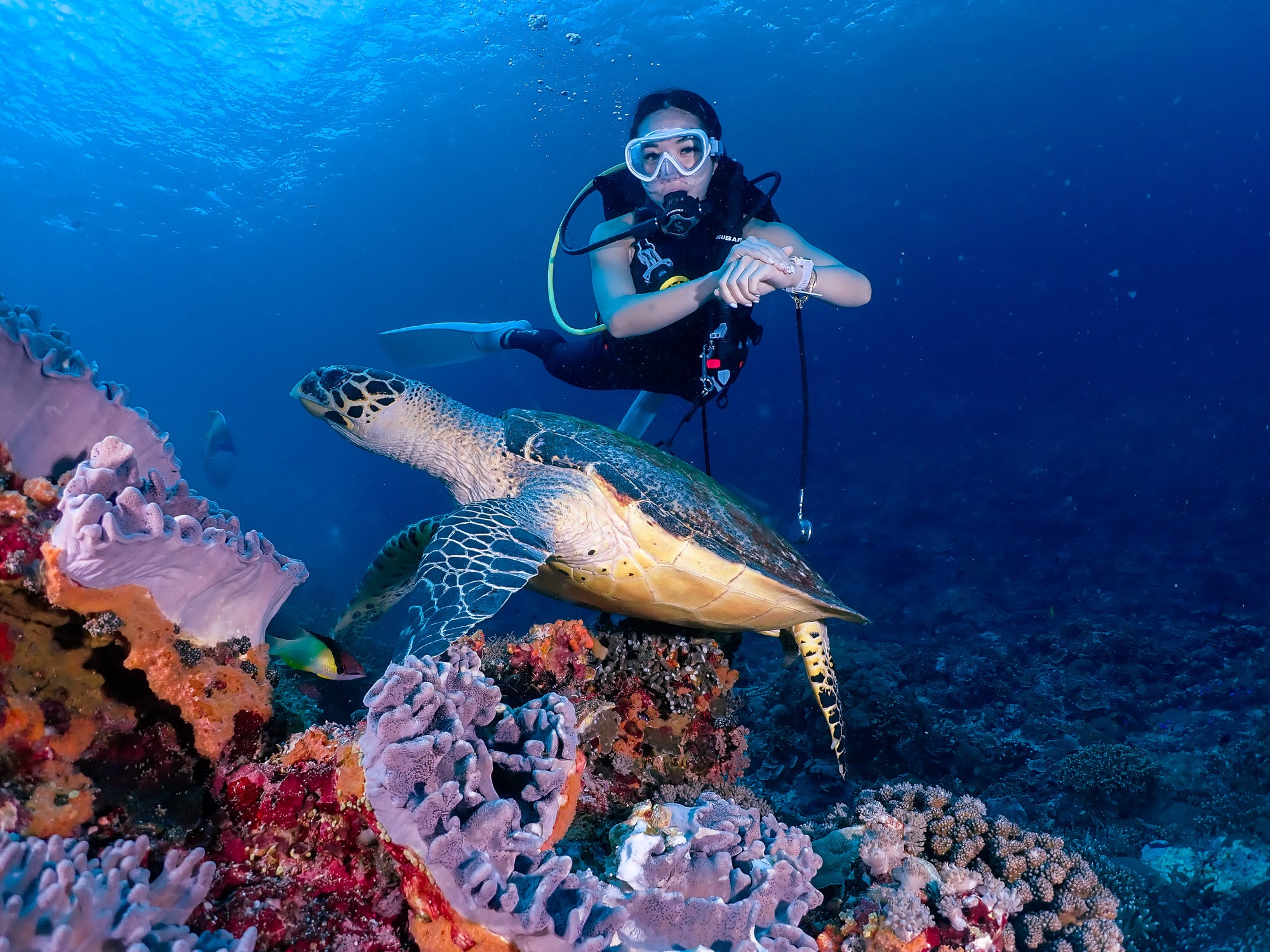Bali, with its turquoise waters and golden sands, is not just a haven for travellers but also for a diverse array of marine life. Among its most majestic inhabitants are the sea turtles. These graceful creatures, integral to the health of the marine ecosystem, are facing numerous threats in today's world. However, the conservation efforts focused on turtles in Bali have been monumental in ensuring their survival.

The Plight of Turtles in Bali
Historically, turtles Bali-wide have been hunted for their meat, shells, and eggs. Further, rampant coastal development and increased tourism have disrupted nesting sites and introduced pollution. Entanglement in fishing nets and the ingestion of marine litter, particularly plastic, are added threats these marine giants face daily.
Stepping Up for Conservation
Realising the urgent need for intervention, several organisations and initiatives have taken the forefront in turtle conservation in Bali:
- Bali Sea Turtle Society (BSTS)
Based in Kuta, the BSTS is a leading force in turtle conservation. Their work includes:
- Rescue and Rehabilitation: Injured or sick turtles are nursed back to health and released into the wild.
- Protection of Nesting Sites: Guards are posted to protect nesting turtles and their eggs from predators and poachers.
- Educational Programs: The BSTS runs community outreach and education initiatives, highlighting the importance of turtles and the threats they face.
- Turtle Conservation and Education Centre (TCEC)
Located on Serangan Island, the TCEC plays a pivotal role in:
- Relocation of Eggs: Eggs laid in vulnerable areas are relocated to safer sites, ensuring a higher hatchling survival rate.
- Turtle Hatchery: A space where the public can learn about turtles, see hatchlings, and sometimes even participate in release events.
- Dive Operators and Eco-tourism

Eco-tourism plays a critical role in conservation:
- Eco-friendly Diving: Dive operators committed to conservation promote responsible diving practices, ensuring minimal disturbance to marine life.
- Awareness and Education: Guided tours often include briefings on the do's and don'ts when encountering turtles, promoting respectful interactions.
- Beach Clean-Ups
With plastic pollution being a significant threat, regular beach clean-ups, often powered by volunteers, help reduce the amount of litter entering the marine ecosystem.
Local Community Involvement
Conservation is not just the work of organisations but also of the local communities. Bali's locals, recognising the spiritual and ecological significance of turtles, have been instrumental in:
- Reporting Nesting Sites: Ensuring that nests are protected and monitored.
- Participating in Conservation Initiatives: Many locals volunteer with organisations, contributing their time and effort to the cause.
Future Directions
The work in protecting turtles in Bali is ongoing. There's a growing emphasis on:
- Legislation: Enforcing stricter laws against poaching and illegal trade.
- Habitat Restoration: Efforts to restore and preserve natural habitats, ensuring turtles have safe spaces to thrive.
- Research: Continuous research to better understand turtle behaviours, migration patterns, and threats, guiding conservation strategies.
Conclusion: The Future is Bright
The combined efforts of organisations, local communities, tourists, and eco-tourism providers are ensuring that the future of turtles in Bali is brighter than ever. Every individual can play a role, even if it's just being a responsible tourist or spreading the word about conservation.
As a token of appreciation for these majestic creatures and a reminder of the beauty of Bali's marine world, consider donning Bistro St. Tropez's Turtle Boardshorts. Stylish and comfortable, they embody the spirit of conservation and the magic of the Balinese seas.



